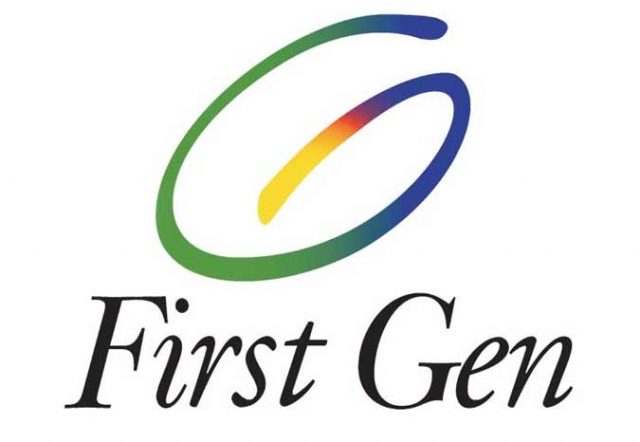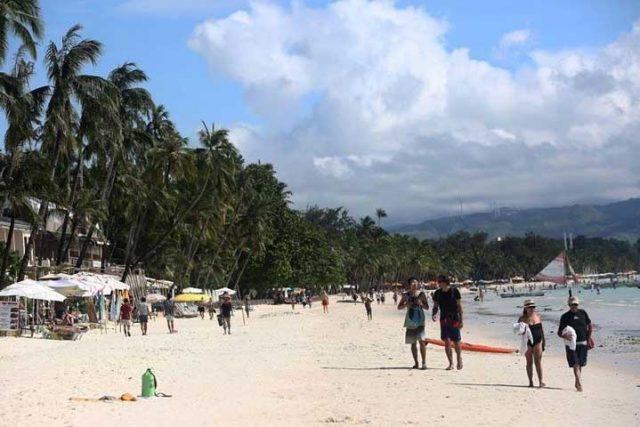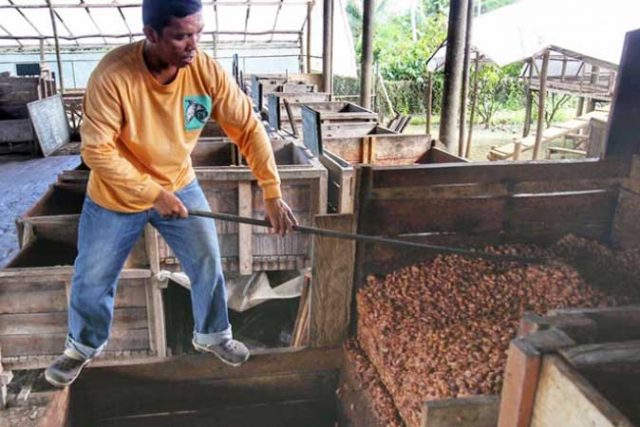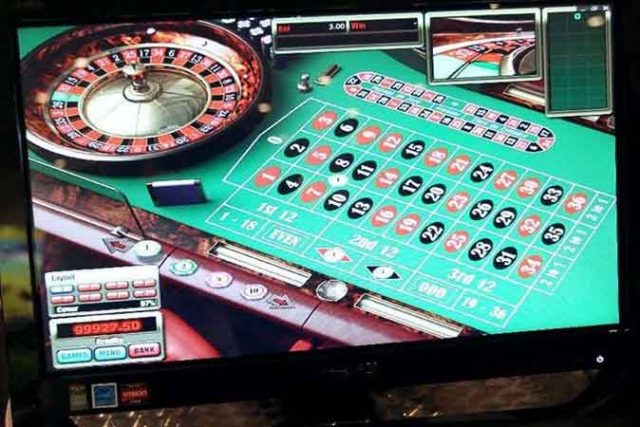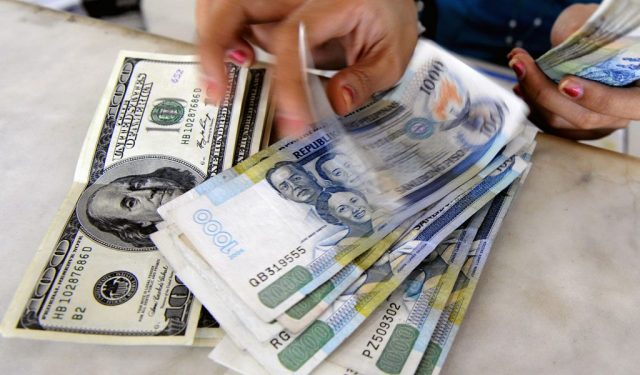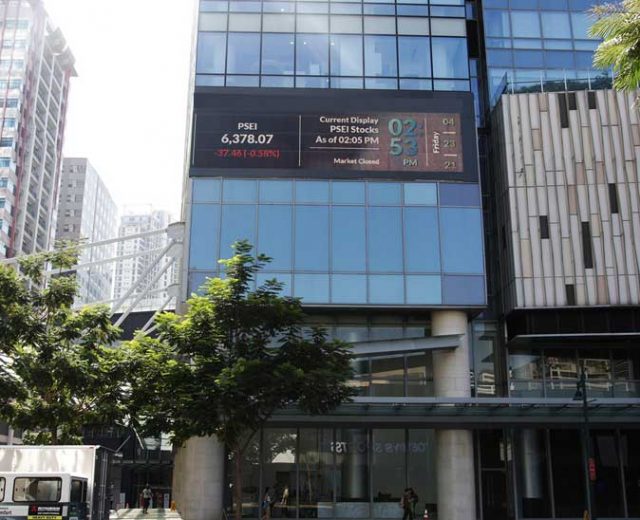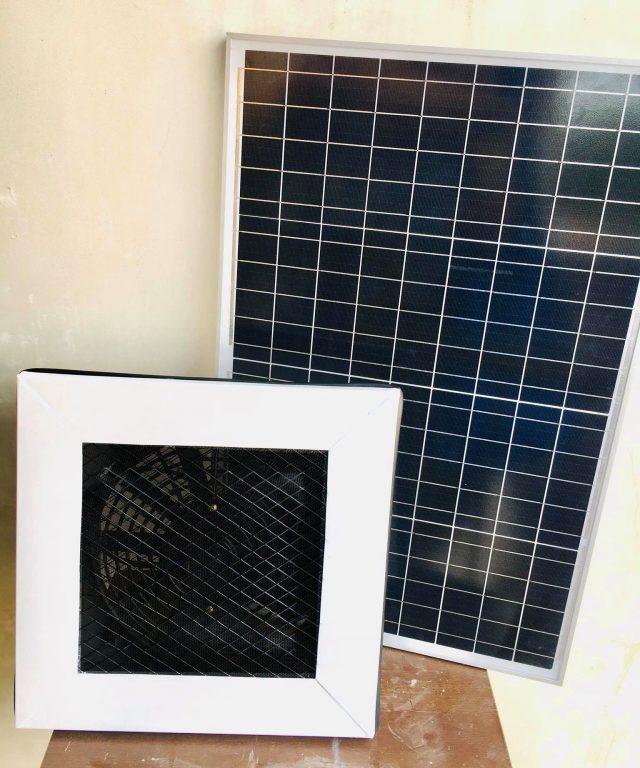Tender offer prompts First Gen’s trading halt
Lopez-led First Gen Corp. has sought a one-day suspension in the trading of its shares on the stock exchange, citing a newspaper advertisement put out by a company that offered to acquire up to 5.7% of its shares.
“The request is being made to give the company’s shareholders equal access to the said information,” First Gen told the Philippine Stock Exchange on Friday when it sought the voluntary trading suspension.
The listed company, which describes itself as the largest clean and renewable independent power producer, identified Philippines Clean Energy Holding Inc. as the entity that intends to acquire the shares through a public and voluntary tender offer.
First Gen said the acquiring company offered to buy a minimum of 3% and up to 5.7% of the total issued and outstanding shares of the listed firm. It said it had yet to receive the tender offer report.
The voluntary trading suspension started at 9:00 a.m. on Friday, Aug. 27, and will be lifted at 9:00 a.m. on Tuesday, Aug. 31. Monday is National Heroes Day, a regular holiday in the Philippines.
First Gen’s shares were last traded on Aug. 26 and closed at P28.30 each.
The tender offer from Philippines Clean Energy comes after First Gen President and Chief Operating Officer Francis Giles B. Puno said earlier this month that the company was “steadily progressing” with building the country’s first liquefied natural gas (LNG) terminal.
The LNG terminal is “for delivery” in the fourth quarter of 2022, he said.
Mr. Puno also said that First Gen was working to deliver more power projects across its portfolio despite market uncertainty and business risks.
First Gen unit FGEN LNG Corp. had been issued on Sept. 23, 2020 a permit to construct an ancillary facility for its interim LNG floating regasification and storage unit.
In a media release last week, the Department of Energy (DoE) said the facility is scheduled for commercial operation in the third quarter of next year, making FGEN LNG about a quarter ahead of the only other company issued a permit to construct an LNG terminal: Energy World Gas Operations Philippines, Inc.
Behind them are four companies issued by the DoE with a “notice to proceed” to build their separate LNG facilities, namely: Excelerate Energy L.P.; Atlantic Gulf & Pacific Co. of Manila, Inc.; Shell Energy Philippines, Inc.; and Vires Energy Corp.
First Gen has 3,495 megawatts of installed capacity in its portfolio, which it said accounts for 19% of the country’s gross power generation.
In the second quarter, the company posted a net income attributable to equity holders of $62.5 million for the second quarter, down 37.5% from $67.75 million in the same period last year.
Its first-half attributable income rose 46.5% to $146.52 million, figures posted on the stock exchange website show. First Gen said it benefited from higher electricity sales and prices, as well as lower interest expenses and taxes. — VVS

